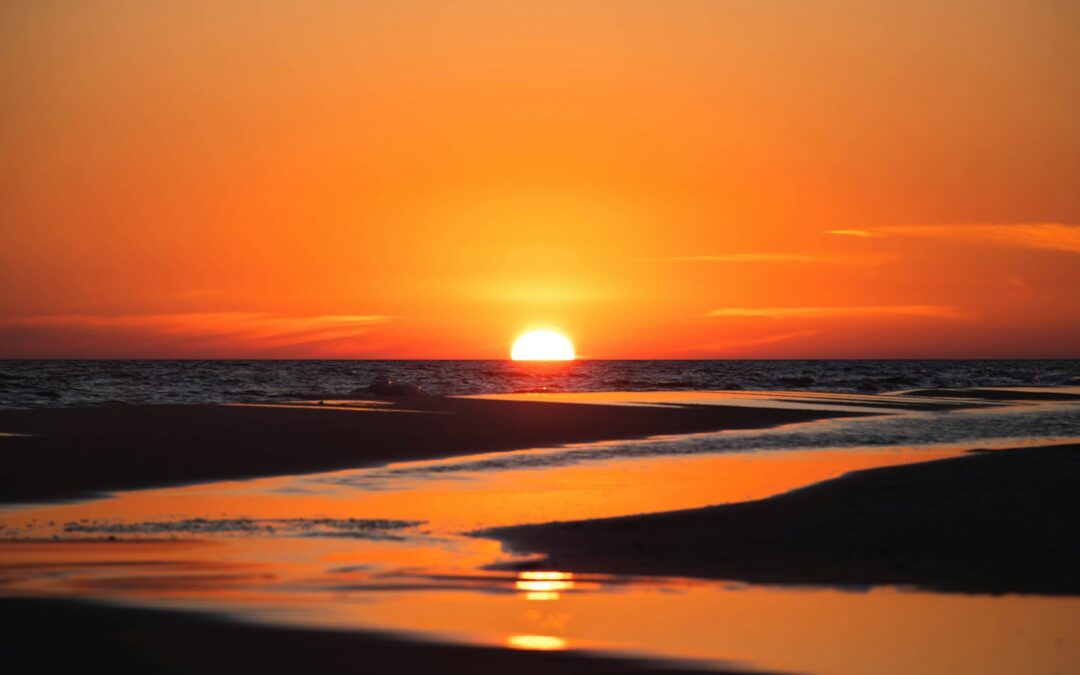Navarre Beach, a serene slice of paradise on Florida’s Emerald Coast, is not just a haven for sun-seekers and nature lovers but also a location rich with history. This barrier island, nestled between Pensacola Beach and Destin, offers a fascinating glimpse into the past, from its early Native American inhabitants to its role in modern times as a beloved tourist destination. Join us as we embark on a historical tour of Navarre Beach, exploring its unique heritage and evolution through the ages.
Early Inhabitants and Native American History
Long before European settlers arrived, the area now known as Navarre Beach was inhabited by Native American tribes. The region’s earliest residents were part of the Pensacola culture, a group known for their mound-building and intricate pottery. These indigenous people thrived on the rich resources provided by the Gulf of Mexico, engaging in fishing, hunting, and trade.
Artifacts such as pottery shards and tools have been discovered in the area, indicating a vibrant and complex society. The influence of these early inhabitants is still felt today, with some local place names and cultural references tracing back to their heritage.
European Exploration and Settlement
The history of Navarre Beach took a significant turn with the arrival of European explorers in the 16th century. Spanish explorers, including notable figures like Tristan de Luna, ventured into the Gulf Coast, establishing temporary settlements and exploring the rich natural resources of the region.
The Spanish influence is evident in the names of many places in the surrounding areas. However, it wasn’t until the 18th and 19th centuries that more permanent European settlements began to take shape. These settlers were primarily engaged in fishing, farming, and trading, laying the foundations for the communities that would eventually develop into modern-day Navarre and its neighboring towns.
The Civil War and Reconstruction Era
Navarre Beach, like much of the Gulf Coast, played a role in the tumultuous years of the Civil War. While the beach itself was not the site of major battles, the nearby city of Pensacola was a significant strategic location. The Union and Confederate forces clashed in the Battle of Santa Rosa Island, and Fort Pickens, located on the western tip of Santa Rosa Island, remained under Union control throughout the war.
The Reconstruction Era that followed the Civil War was a period of rebuilding and transformation for the region. As the local economy began to recover, fishing and agriculture remained the primary industries, with the natural beauty of the area starting to attract more visitors.
The Development of Navarre Beach
The modern history of Navarre Beach began in earnest in the mid-20th century. The area saw significant development in the 1940s and 1950s, as infrastructure improvements made the beach more accessible to visitors. The construction of bridges and roads connecting Navarre Beach to the mainland facilitated tourism and spurred economic growth.
In 1946, Dr. Stanley Busbee, a prominent local physician, and developer, purchased a large portion of Navarre Beach. He envisioned transforming the area into a thriving tourist destination. Dr. Busbee named the beach “Navarre,” inspired by a region in Spain, and began to develop residential properties and amenities to attract visitors.
Hurricane Impact and Resilience
Navarre Beach, like much of Florida’s Gulf Coast, has faced numerous challenges from hurricanes and tropical storms. Significant hurricanes, such as Hurricane Ivan in 2004 and Hurricane Dennis in 2005, caused extensive damage to the area. These natural disasters tested the resilience of the community and led to efforts to rebuild and enhance the infrastructure to better withstand future storms.
Despite these challenges, Navarre Beach has continually bounced back, with each rebuilding effort enhancing its charm and appeal. The resilience and determination of its residents and local government have ensured that Navarre Beach remains a beloved destination for both tourists and locals.
Navarre Beach Today
Today, Navarre Beach is a thriving community that seamlessly blends its rich history with modern amenities. The beach’s natural beauty, characterized by its sugar-white sands and emerald-green waters, continues to draw visitors from around the world. The Navarre Beach Marine Park, with its snorkeling and diving opportunities, showcases the area’s vibrant marine life and commitment to conservation.
The Navarre Beach Fishing Pier, one of the longest in the Gulf of Mexico, remains a popular spot for fishing enthusiasts and sightseers alike. The pier’s construction in the 1970s marked a significant milestone in the development of the area, providing both recreational opportunities and stunning views of the Gulf.
In addition to its natural attractions, Navarre Beach hosts a variety of events and festivals that celebrate its unique heritage and community spirit. From seafood festivals to outdoor concerts, there’s always something happening that brings together locals and visitors in celebration of this special place.
Conclusion
Navarre Beach’s history is a tapestry woven with the threads of Native American heritage, European exploration, and modern development. This barrier island has evolved from a quiet fishing community to a vibrant tourist destination, all while preserving its natural beauty and cultural significance. As you stroll along its pristine shores or explore its historical sites, you’ll feel the echoes of the past that have shaped Navarre Beach into the cherished locale it is today.

